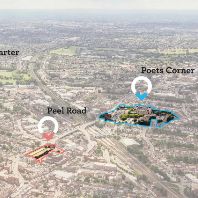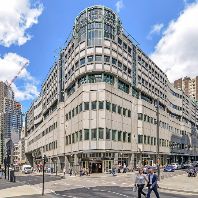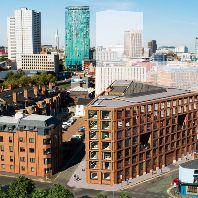Construction costs in the Asia-Pacific region, North America and parts of the Middle East are on the rise and closing in on prices in Western and Northern Europe, according to the 2012 International Construction Costs Report released by global built asset consultancy EC Harris.

With the UK economy once again in recession, construction workload is not expected to rise until 2014.
The annual study, which benchmarks building costs in 53 countries across the globe, found that construction costs were acting as a reliable bellwether for global economic trends, with Europe responsible for just five of the top 10 most expensive markets in this year's report, compared with eight entrants in 2011.
As countries such as Greece and Portugal labor under stringent fiscal austerity programs, the threat of default has had an impact on the price of construction across the entire region with more stable markets including Germany and Sweden also posting lower costs than last year. Switzerland continues to top the list however even there costs have dropped 10% on the previous twelve months due to the declining value of the Swiss franc.
Conversely, construction costs in markets that have been less impacted by the global recession are continuing to increase with countries like Canada, Australia and Qatar all moving up the league table compared with their 2011 position. Indeed the Asia-Pacific region now has four of the top 10 most expensive markets with Australia, Japan, Hong Kong and Singapore occupying third, fourth, sixth and seventh place respectively. Canada also figured in the top 10 list, jumping two places from last year with construction costs on average 14% higher than in 2011.
Mathew Riley, Group Head of Cost and Commercial at EC Harris said: "Those countries that are least constrained by debt problems are continuing to invest in construction activities to help fuel their continued growth. In such a scenario the volume of work undertaken is creating an increased demand for both commodities and skills, which is inevitably driving costs upwards. In markets like Qatar and Canada where capital investment has been focused on long-term infrastructure projects, there will be a sustained pipeline of work which is likely to see construction costs rise even further on both a short and medium term basis".
Above and beyond macro-economic factors, another issue that resulted in a significant rise in construction costs was the need to respond to natural disasters. The findings from this year's report showed that the price of building in New Zealand, Japan and Australia had risen by 13%, 7% and 20% respectively as each market had to rebuild major parts of the country following the devastation created in 2011 by an earthquake, tsunami and major floods.
Supply chain constraints and commodity price changes to impact construction costs
One of the other elements examined within this year's study was the impact that the enduring economic slowdown could have on the construction industry's ability to deliver major projects once the market picks up. With the recession promptin















